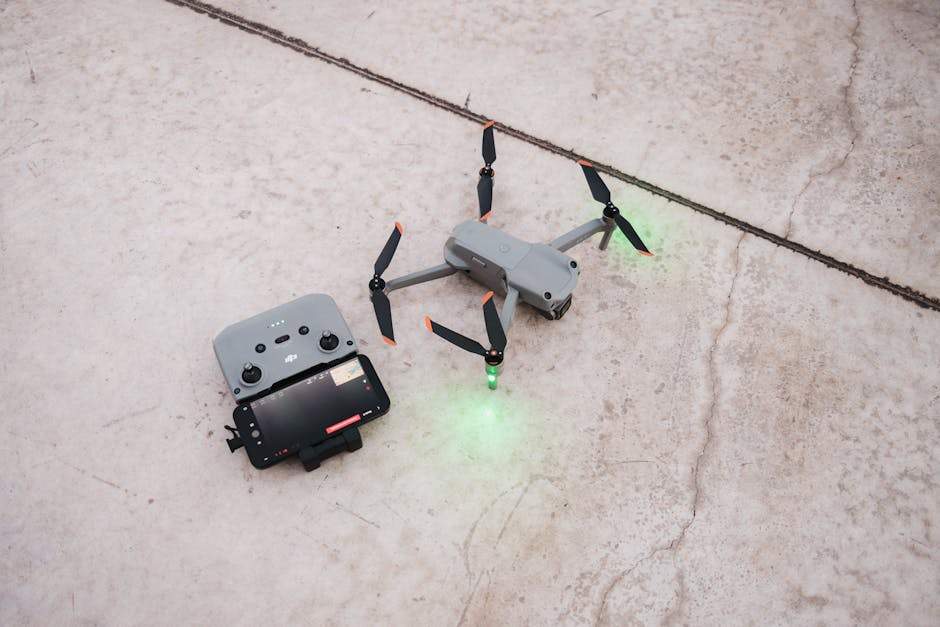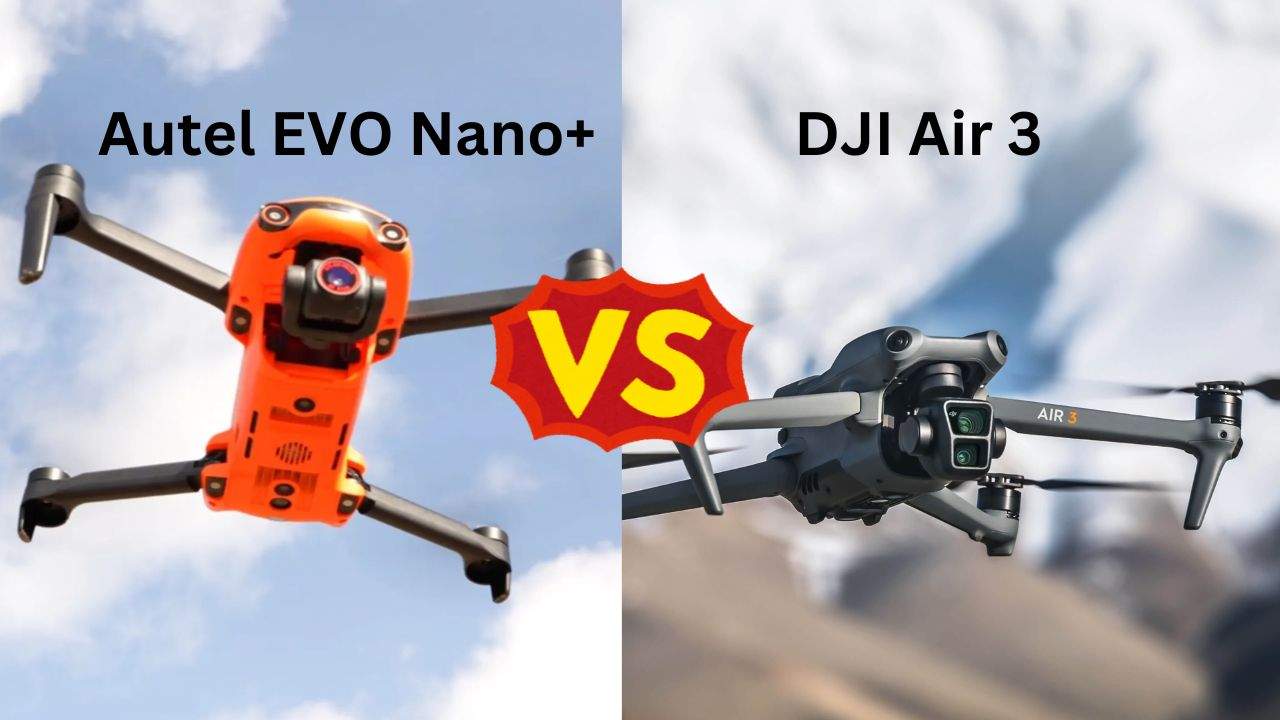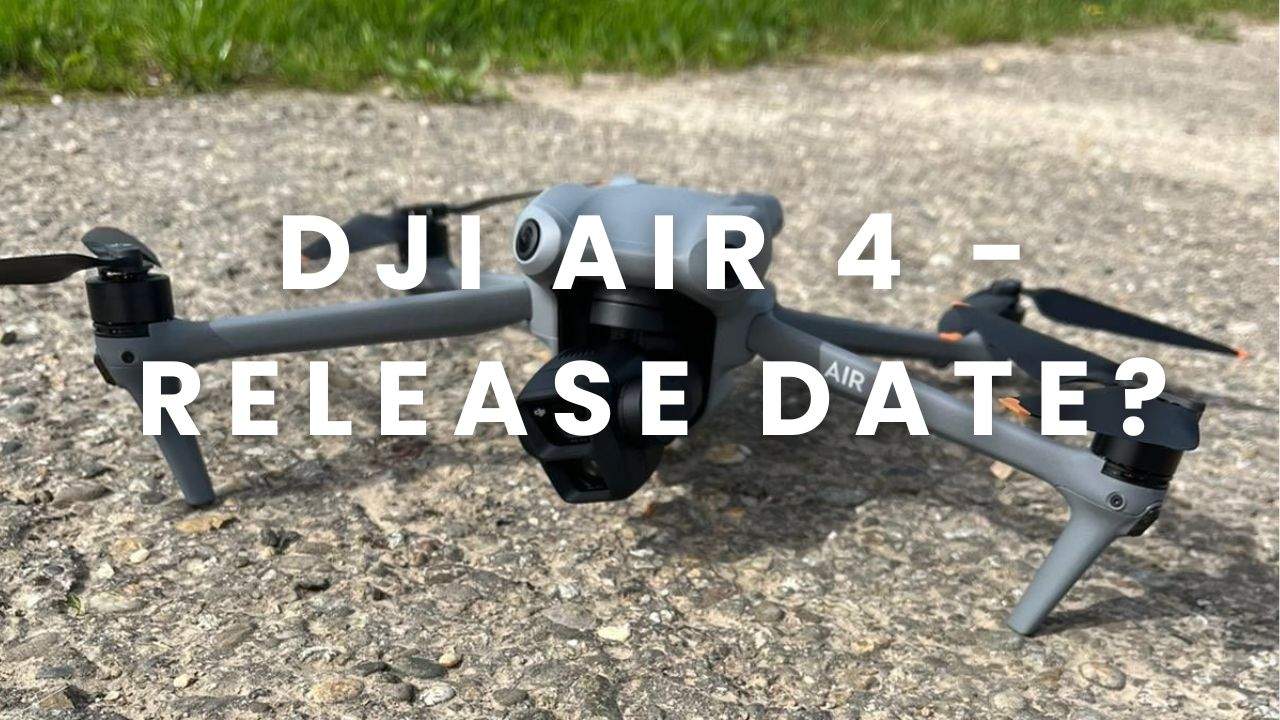Headless mode is a user-friendly feature on drones designed to simplify the piloting experience, especially for beginners. In essence, headless mode eliminates the need for the pilot to account for the drone’s orientation. Normally, a drone’s “front” and “back” correspond to the direction its camera or nose points, meaning the controls are relative to that orientation. However, when headless mode is activated, the drone’s orientation no longer matters—directions become relative to the pilot’s position.
How Does Headless Mode Work?
Drones equipped with headless mode utilize a built-in compass or GPS to align their direction with the remote controller. Here’s how it functions step by step:
- Calibration at Takeoff: When a drone takes off, it records the direction it is facing as its “forward” orientation.
- Control Simplification: In headless mode, the drone disregards its nose direction. If you push the joystick forward, the drone moves forward relative to you, not the drone’s front.
- Intuitive Flying: The right joystick’s forward, backward, left, and right commands correspond to movement from the pilot’s perspective, regardless of how the drone is oriented in the air.
Benefits of Headless Mode
Here are some of the top advantages of using headless mode while flying a drone:
- Simplified Controls: Newcomers find it less challenging to maneuver the drone, allowing more focus on capturing exquisite aerial footage.
- Quick Adjustments: No need to recalibrate your brain as you navigate twists and turns.
- Less Stressful Experience: Beginners can fly with confidence, significantly reducing the intimidation factor.
Read more about headless mode advantages for enhancing aerial photography and videography.
When Should You Use Headless Mode?
Headless mode is most beneficial in the following situations:
- Learning to Fly: It’s ideal for beginners still learning to manage drone controls.
- Short-Range Flights: For close-range operations where orientation isn’t a concern.
- Visual Orientation Challenges: If you lose sight of the drone’s front or if it’s hard to distinguish its direction due to lighting or distance.
Limitations of Headless Mode
Despite its simplicity, headless mode has some drawbacks:
- Advanced Maneuvering:
- Headless mode is not suitable for complex aerial maneuvers or stunts, as it limits directional control precision.
- Dependence on Calibration:
- If the drone isn’t calibrated correctly before takeoff, headless mode can cause confusion, making controls inaccurate.
- Experienced Pilots May Find It Redundant:
- For skilled drone operators, normal mode provides better control for advanced applications like racing or precise aerial photography.
Real-Life Example: Using Headless Mode
Imagine you’re flying a drone to take a picture of a scenic mountain. In normal mode, you must constantly adjust the controls to align the drone’s front with your desired direction. However, in headless mode, you can simply point the joystick toward the mountain, and the drone will move accordingly. Even if the drone rotates mid-flight, your controls remain aligned with your perspective, ensuring smooth navigation.
Key Takeaways
- Headless mode simplifies flying by making controls relative to the pilot, not the drone’s orientation.
- It’s a perfect starting feature for beginners but may feel restrictive for experienced flyers.
- While it adds convenience, proper calibration and awareness of its limitations are essential for safe operation.
By understanding and leveraging headless mode, pilots can enjoy a smoother and less stressful flying experience, especially in the early stages of learning to control a drone.





















